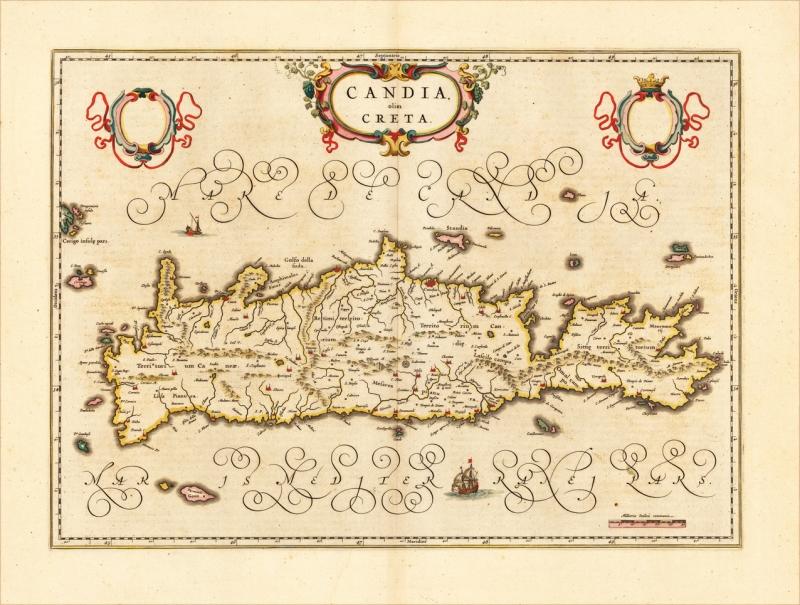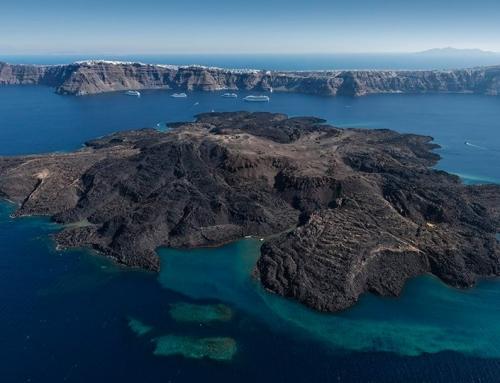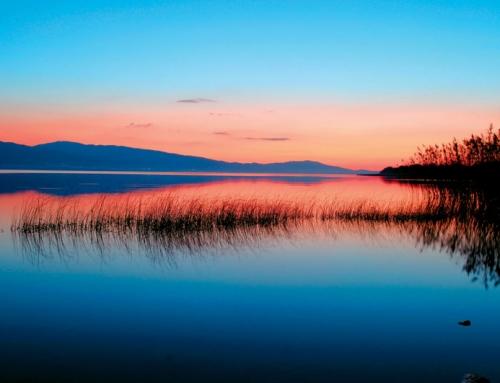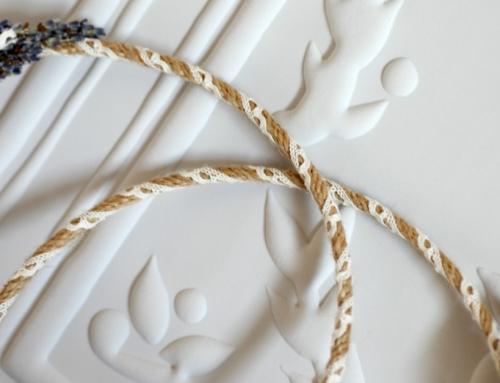Considering Crete gave rise to the Minoans, Europe’s first civilisation, and in more recent history, under the occupation of imperial powers of the Roman, Byzantine, Venetian and Ottoman Empires, the Cretans continued to fight for their independence in the face of adversity, it is no surprise that even now Crete maintains a strong sense of identity that separates them from the Greek mainland. Indeed, some of Greece’s greatest leaders including Eleftherios Venizelos, widely regarded as the maker of modern day Greece, were Cretan, and a sense of inaffilable pride continues to emananate from Greece’s largest and most populous island with a distinctive culture of its own.
The legents and the culture of Crete are apparent everywhere in the island today.
Stroll around the cobbleways of the listed village of Archanes and visit the Palace of Knossos next to the village. Visit the monastery of Arkadi and the Olive Press of the monastery at the Kasaliana village. Get immersed into the vibrant Venetian city of Rethymnon.
View The Cooking Odyssey PBS show visiting Crete here
The listed village of Arhcanes
Inhabited since 6000 BC and only 10km from Knossos, Archanes was an important Minoan hub, with remains of palatial ruins, roads, and aqueducts pointing to a peak between 2500-1400 BC. Like the rest of Crete, Archanes went into decline after natural disasters wiped out the Minoans and later under successive occupations. Under the modern Greek state, the Archanes Collective became the first producers of Greek wine, established in 1933. The village has won a European Union award as one of the best-preserved traditional villages in Europe and is a listed historical site. There is an archaeological museum presenting a wealth of ancient artifacts that further illustrate the history of the area and its surroundings.
Yades Historic Hotel in Archanes: Kalimera Archanes Village
The Arkadi Monastery area
Situated 25 kilometres from Rethymnon, Arkadi is rich in vineyards, olive groves, and pine, oak and Cyprus forests. Best known for its historic monastery roughly dating to the 5th Century AD, the Arkadi Monastery is an unofficial national shrine. Under Ottoman rule, the monastery was allowed to thrive mainly on agriculture, and was also active in the resistance. During the 1866 rebellion against the Turks, the monastery served as a Cretan stronghold in which hundreds of guerrilla fighters and families took refuge. After a two day siege, Turkish troops entered the monastery, causing the Abbot to ignite the ammunition stores, leading to the deaths of Cretans and Turks alike. The event is still commemorated annually, November 7-9 in Rethymnon.
Yades Historic Hotel in Arkadi: Kapsaliana Village
The venetian city of Rethymnon
Despite Rethymnon never being a main Minoan centre, there is evidence of prominence during the Mycenean period, though the village was only upgraded to a city under the Venetians, who established the area as an intermediary trade point between Heraklion and Chania, under which Rethymnon truly flourished. One of the best preserved historical sites on the island, Rethymnon’s Old Town was almost entirely built by the Venetians, and the aristocratic aura of the medieval town is exemplified by the Fortezza, the Venetian castle built in 1590, though the town is also peppered with Byzantine and Hellenistic-Roman remains, making this a magical setting for the annual Wine Festival held in the beginning of July.
Yades Historic Hotel in Rethymnon: Avli Lounge Appartments
Ask us to create your customized tour to discover the historical Crete with its rich culture and beauties. Click here




